What is it and how does it affect your camera?
ISO is a camera setting that measures the sensor’s sensitivity to light.
High ISO means greater sensitivity to light, allowing you to capture images in darker conditions, but it can create visual noise (graininess) in the photo. Low ISO means less sensitivity, resulting in clearer, smoother images in bright light but needing more light to properly expose the photo. Visual noise refers to the unwanted grainy or speckled appearance in an image.


You might want to use a high ISO in low-light situations, like indoors, at night, or during events where using a flash is not allowed. It helps you capture images without blurriness from slow shutter speeds.

White balance
White balance in photography refers to the process of adjusting the colours in an image so that they look natural under different lighting conditions. Different types of light, like sunlight, fluorescent bulbs, or candlelight, can give photos a yellow, blue, or green tint. By setting the correct white balance, a photographer ensures that white objects appear truly white and that all colours in the image look accurate.
When white balance is off, the overall mood of the image can change dramatically. For example, an image with a warm, yellow tint might feel cozy but could also look unnatural. On the other hand, a cool, blue tint can create a feeling of calmness but might make skin tones look unnatural. By adjusting white balance, photographers can enhance the emotional impact of their images and make them look more pleasing to the eye.
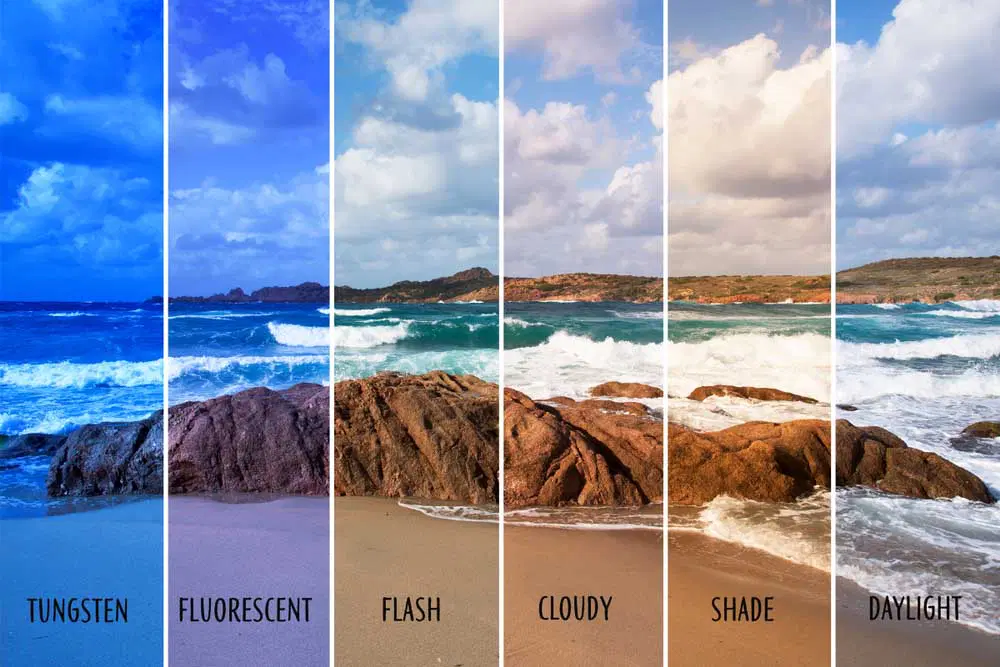
Francis Bruguière
Francis Bruguière was an influential American photographer and painter known for his innovative use of photography in the early 20th century. He explored various techniques, including the manipulation of ISO settings, to achieve unique artistic effects. Bruguière’s work often combined elements of abstraction with traditional photography, pushing the boundaries of how images could be created and perceived.






His experiments with ISO allowed him to play with light sensitivity, capturing images in unconventional ways. By using high ISO settings, he could create striking contrasts and textures, adding depth to his compositions. This approach not only showcased his technical skills but also reflected his artistic vision, where the interplay of light and shadow became central to his work.
Bruguière’s legacy continues to inspire photographers today, emphasizing the importance of technical experimentation in achieving artistic expression. His contributions to the field illustrate how understanding and manipulating camera settings like ISO can lead to innovative and impactful photography.
Brendan Austin
Brendan Austin is a talented photographer known for his unique approach to capturing textures through his work with ISO settings. He focuses on how different light and shadow interact with surfaces, bringing out intricate details that often go unnoticed. By experimenting with various ISO levels, he creates that emphasize the tactile quality of materials, making viewers almost feel the textures through the photos.

Austin’s work showcases a wide range of subjects, from natural elements like leaves and bark to man-made objects like metal and fabric. His keen eye for detail allows him to transform ordinary scenes into striking visual narratives, inviting viewers to explore the world around them in new ways. Through his photography, he celebrates the beauty of texture, encouraging appreciation for the small details that enrich our everyday lives.
My own photos experimenting with ISO
Firstly, I imported all of my photos into adobe Lightroom for selection and editing.
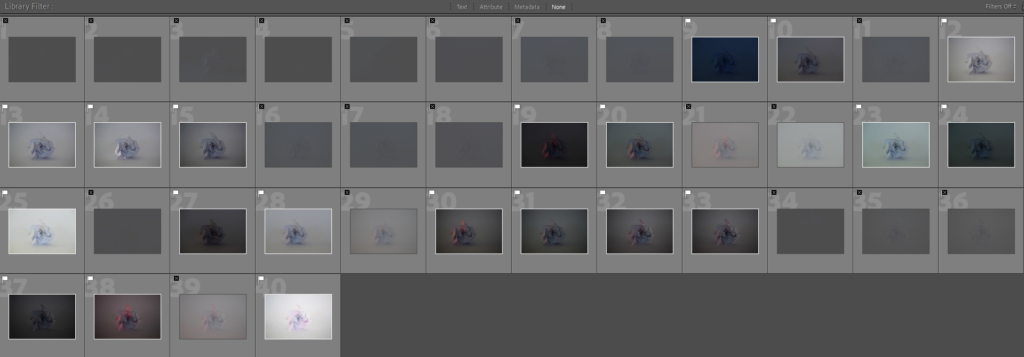
I went through all the photos and flagged the ones that I thought were good photos or interesting ones.

Here are all the ones that I thought were interesting photos with varying ISO.

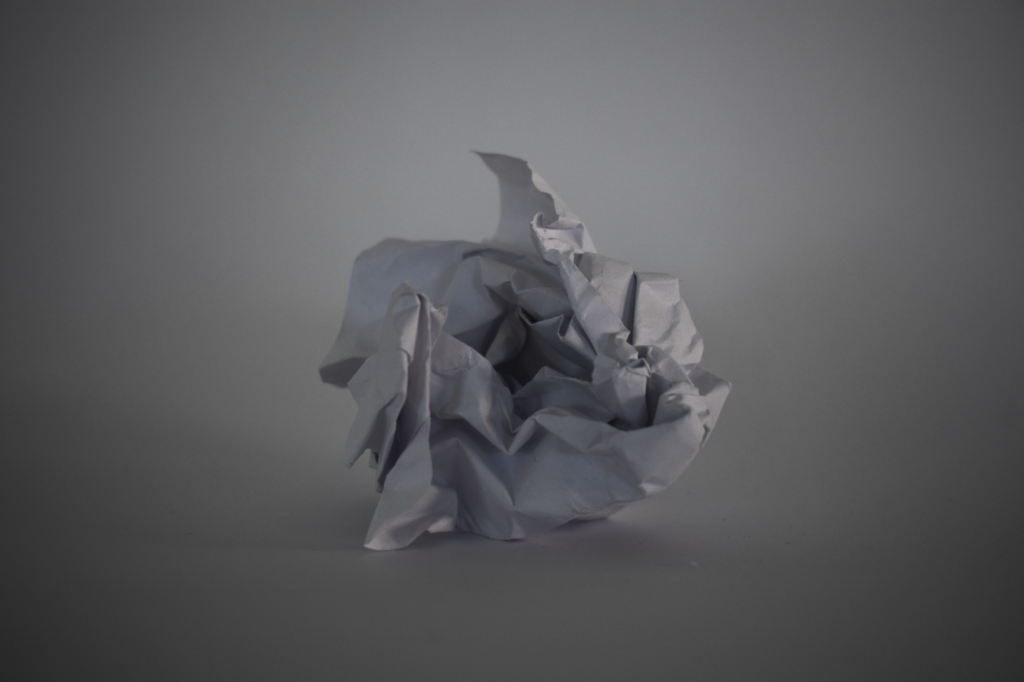
The image on the left is the raw image of a paper ball using a standard ISO of 100. I decided that the image was a bit too dark; to fix this, i added these changes:
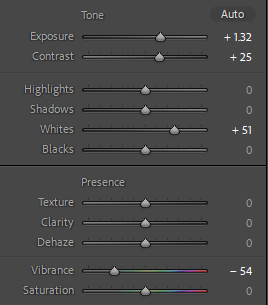
I Increased the exposure, contrast and whites to make the image brighter and more clear. I then decreased the vibrance a bit since the paper ball had a bit of a blue colour to it. I think the edited image is better as the subject is more clear and in focus.
Next, i started experimenting with different ISO levels to see how the visual noise changed and how it effected my image.
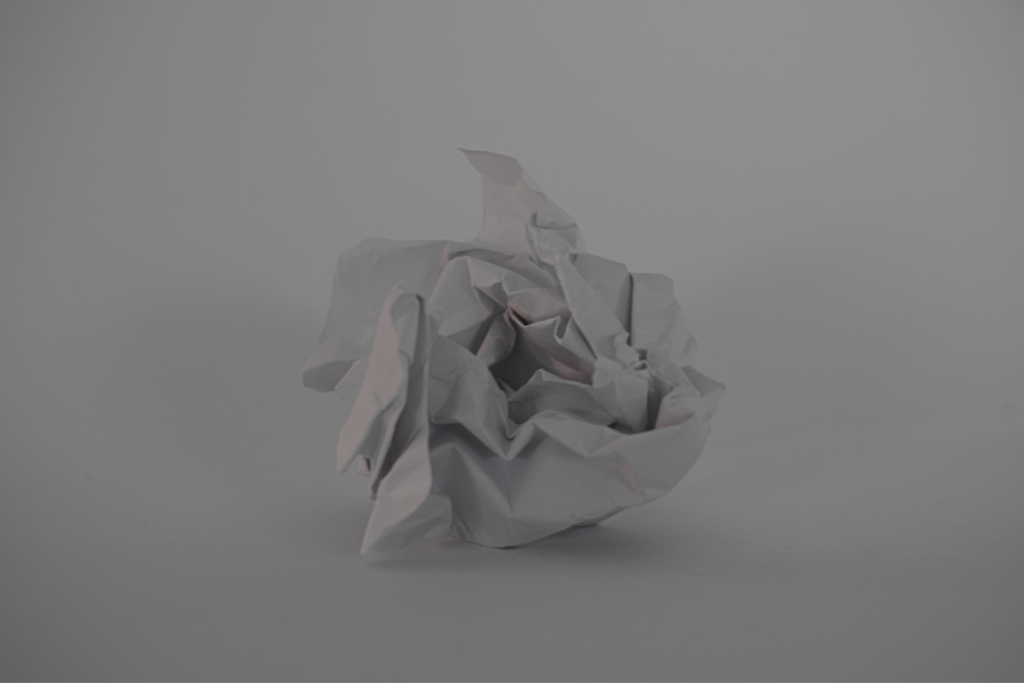
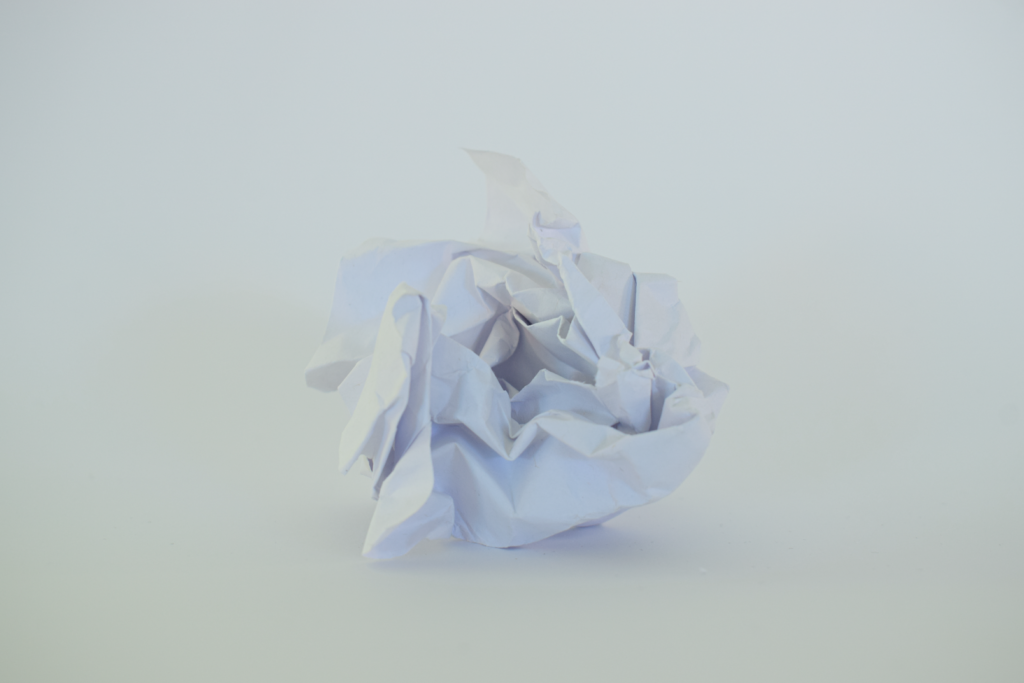
This is the exact same image but the only thing I changed was in the second photo I increased the ISO level. The first photo has an ISO level of 160 which is pretty standard, however in the second photo the ISO level is 400. Increasing the ISO means that the lens has a greater sensitivity to light, which is shown in the image as it is brighter and more exposed than the first.
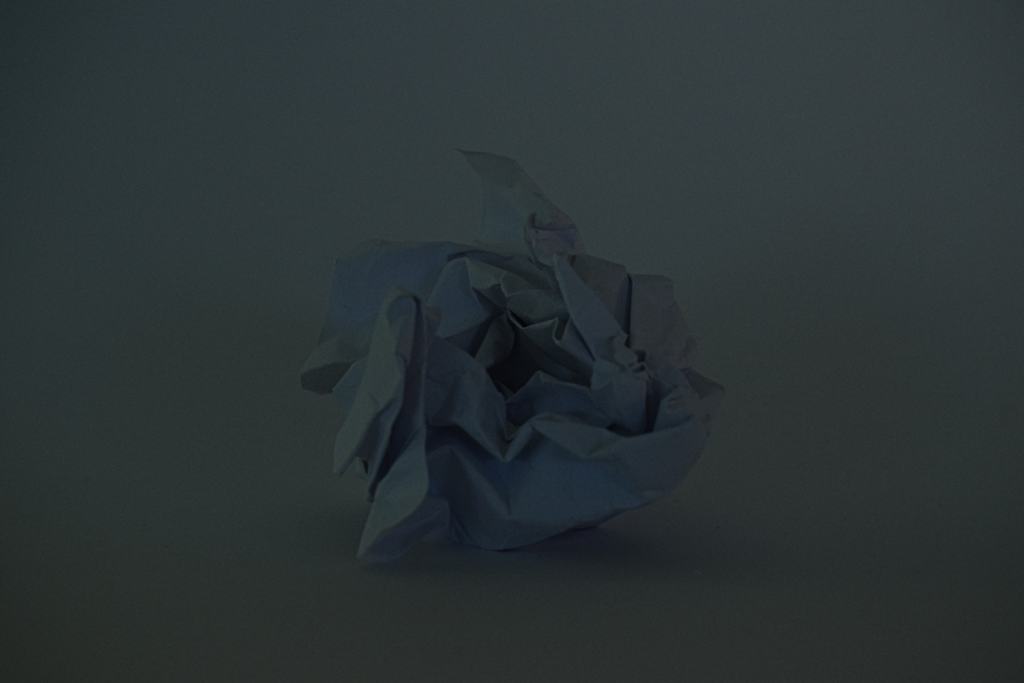
In this photo I used an ISO of 1000. This is clearly shown as the image very grainy – visual noise. In the photos above, the increase in ISO meant that the image was over exposed and brighter. However, in this case, I also made the shutter speed faster, which in doing, means that the lens was open for a shorter period of time therefore, letting less light into the camera which makes the image darker.
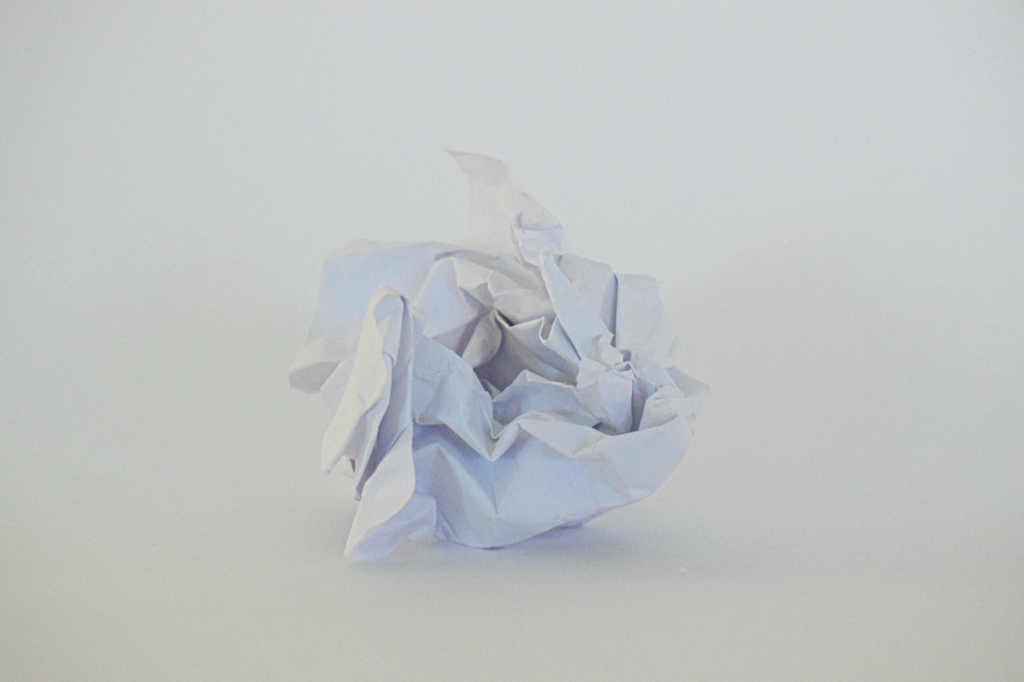
In this photo I increased the ISO even more which is definitely shown by the over exposing and the image demonstrates lots of visual noise as it is very grainy. This is the same photo as above but the only difference is the ISO is 8000 not 1000. This increases the exposure as the image is a lot brighter than the first. The increase in ISO means that the camera is more sensitive to light, hence why with the higher ISO the image is brighter.

Good signs of progress here…but please ensure you are making critical and creative decisions throughout…be reflective and then refine your outcomes.
Your presentation methods are also important !
Aim to highlight key words and technical vocab – this highlights your understanding and can improve your marks…
JAC 3 NOV you have not completed the final sections of the project yet, this will greatly affect your score / grade